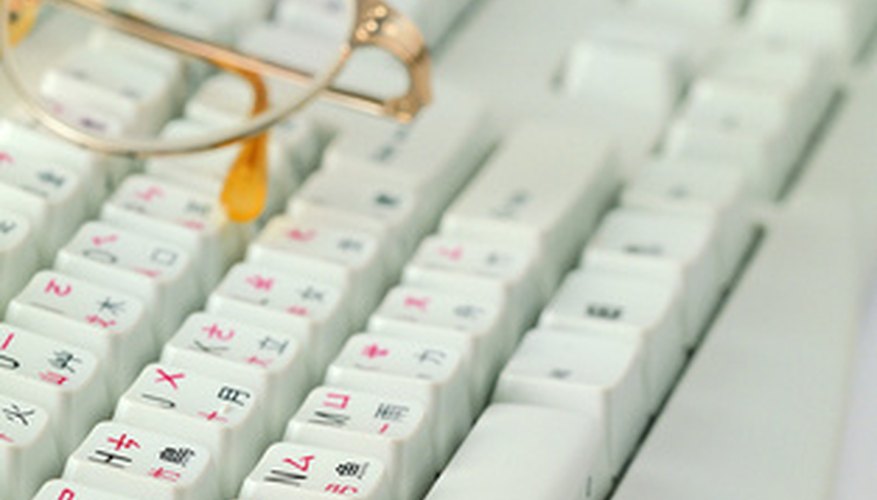If you have downloaded pictures from the Internet and want to save them in high resolution for your archives or to print, there are some steps you can take to ensure you have the best quality pictures possible. Once you have the photo from the Internet, you can't increase the number of pixels or information in the picture, but there are ways to sharpen it. You can also increase the density of the pictures and keep from degrading the resolution you have.
- If you have downloaded pictures from the Internet and want to save them in high resolution for your archives or to print, there are some steps you can take to ensure you have the best quality pictures possible.
- Once you have the photo from the Internet, you can't increase the number of pixels or information in the picture, but there are ways to sharpen it.
Open the picture in photo-editing software, and look at the image size. You will see the pixel dimensions listed (such as 800 by 600) as well as the print size (for example, 4 inches by 3 inches). In this example, the resolution is 200 pixels per inch. If you increase the resolution to 300 pixels per inch, which is print quality, you increase the resolution. The picture will appear sharper but smaller when you print it but look the same on your computer as displays show a set number of pixels per inch.
Increase the contrast of the picture. This heightens the definition and can make the picture appear of higher quality. Don't go too far or you will make the picture appear unnatural. You might need to increase the lightness as well, as increasing the contrast can make the picture seem darker. Most photo-editing software combines the contrast and lightness sliders in the same window for this reason.
- Increase the contrast of the picture.
- You might need to increase the lightness as well, as increasing the contrast can make the picture seem darker.
Use the unsharp mask tool. Contrary to its name, the unsharp mask tool actually sharpens the picture by analysing edges and maximising crispness of edges. Increasing the unsharp mask by as much as 100 per cent is not too much in many cases, but look for artefacts (little blips of white or other colour that appear as a result of the unsharp mask increase). If you start to see them, you've gone too far. When used correctly, the unsharp mask can make a picture appear to have a higher resolution than it actually does.
Refrain from saving the file too often if you are working with a JPEG. The JPEG format is useful, as it decreases file size; however, every time you save the picture, you are compressing the file and losing information. Too many saves can make a JPEG blurry.
